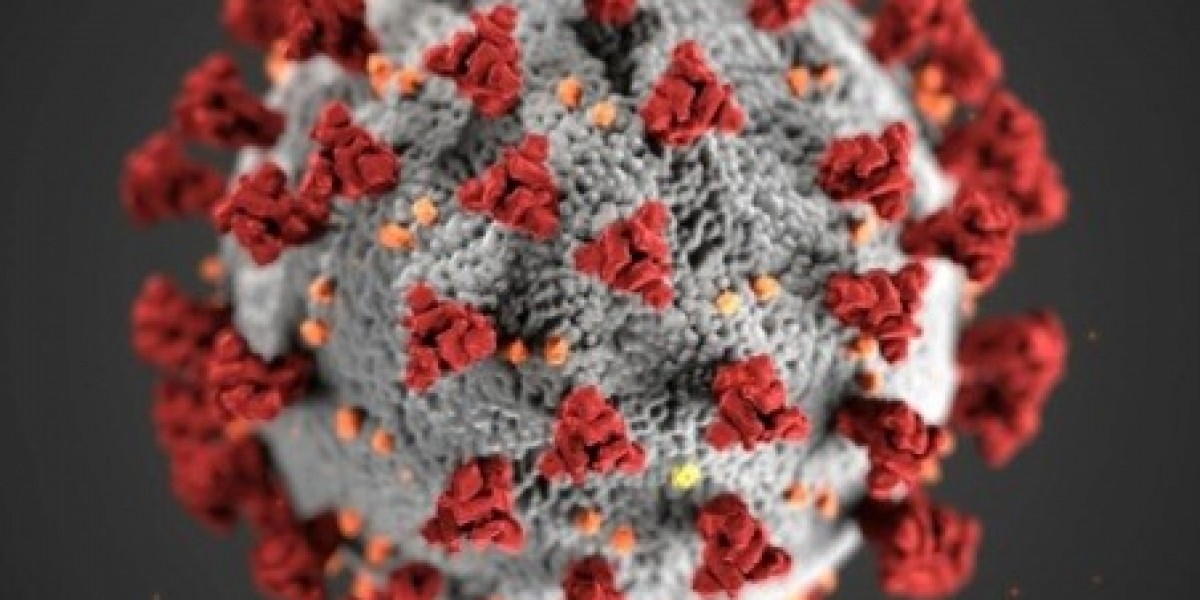When we talk about the poultry industry, you and I both know how critical health management is to its success. Diseases can wreak havoc, impacting production, profitability, and even global food security. But here’s the good news: Poultry Vaccines are stepping up in 2025 with innovative protocols that promise to reshape the industry. Let’s dive into what’s new and why it matters to professionals like you.
The Evolution of Poultry Vaccines in 2025
Vaccination has always been a cornerstone of poultry health management. However, 2025 introduces groundbreaking changes that focus on innovation, sustainability, and advanced clinical applications. With the rise of diseases like avian influenza and Newcastle disease, updated immunization protocols are not just a necessity—they’re a game-changer.
This year, the focus isn’t just on preventing diseases but on optimizing vaccine delivery methods, improving efficacy, and embracing cutting-edge technologies like AI-driven vaccine development. These advancements are set to reduce disease outbreaks significantly, ensuring healthier flocks and better yields.
Why Updated Protocols Matter
You might be wondering: why all the buzz around updated protocols? Here’s why:
Disease Control: The emergence of highly pathogenic avian influenza (HPAI) and other diseases has made vaccination essential for survival in the industry.
Sustainability: Vaccines now aim to reduce antibiotic use, promoting eco-friendly farming practices.
Efficiency: New delivery methods like aerosol sprays and drinking water vaccines simplify administration while enhancing coverage.
These updates aren’t just about keeping birds healthy—they’re about transforming the way we approach poultry farming globally.
Key Innovations in Poultry Vaccines
Let’s explore some of the most exciting innovations shaping poultry vaccines in 2025:
AI-Powered Vaccine Development: Artificial intelligence is being used to analyze disease patterns and predict outbreaks. This allows manufacturers to create targeted vaccines faster than ever.
mRNA Technology: Inspired by human vaccines, mRNA-based solutions are proving effective against avian influenza strains.
Combination Vaccines: Multi-disease vaccines reduce the number of doses required, saving time and resources for farmers.
Sustainable Practices: Eco-friendly formulations minimize environmental impact while maintaining efficacy.
These innovations highlight how technology is driving change in poultry health management.
Types of Poultry Vaccines: A Quick Overview
Here’s a snapshot of common poultry vaccines and their applications:
| Vaccine Type | Target Disease | Delivery Method | Key Benefits |
|---|---|---|---|
| Live Vaccines | Newcastle Disease | Aerosol or Drinking Water | Rapid immunity development |
| Inactivated Vaccines | Avian Influenza | Subcutaneous Injection | Long-lasting protection |
| Combination Vaccines | Multiple Diseases | Coarse Spray | Simplified administration |
| mRNA-Based Vaccines | H5N1 Avian Flu | Injection | High efficacy against emerging strains |
This table gives you a clear idea of how diverse vaccine options cater to different needs within the industry.
Updated Immunization Protocols: What’s New?
The updated immunization protocols for 2025 emphasize precision and adaptability. Here’s what’s changing:
Age-Specific Vaccination: Tailored schedules ensure optimal immunity at every stage of growth.
Regional Customization: Protocols now consider local disease prevalence for better results.
Advanced Monitoring: AI tools track vaccine performance and bird health post-vaccination.
These protocols aim to make vaccination more effective while reducing wastage—a win-win for everyone involved.
Benefits for Industry Professionals
As someone deeply invested in poultry health, these advancements offer several advantages:
Improved Productivity: Healthier flocks translate to higher yields and better profitability.
Cost Savings: Efficient vaccines reduce losses due to disease outbreaks.
Regulatory Compliance: Updated protocols align with international standards, simplifying export processes.
Whether you’re a healthcare professional or a procurement manager, these benefits directly impact your operations.
Challenges and Opportunities
Of course, no innovation comes without challenges. Adoption of new technologies requires training and investment. Regulatory hurdles can also slow down implementation. But the opportunities far outweigh these issues—especially when you consider the long-term benefits of healthier birds and sustainable practices.
Looking Ahead: The Future of Poultry Vaccines
As we move forward, expect even more advancements in poultry vaccines. AI will continue to refine vaccine development, while global collaboration will drive standardization across borders. Sustainability will remain a key focus, ensuring that the industry grows responsibly.
Final Thoughts
The world of poultry farming is changing rapidly, and you’re at the forefront of this transformation. With updated immunization protocols in 2025, Poultry Vaccines are leading the charge toward a healthier, more sustainable future. Whether you’re managing farms or overseeing procurement, these advancements are designed to make your work easier—and more impactful.









